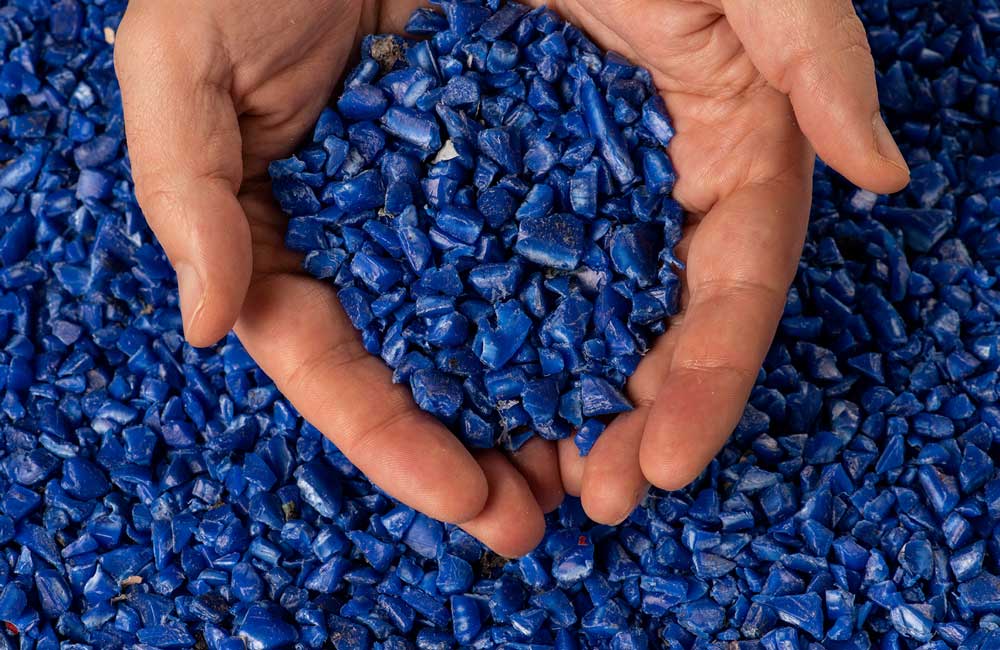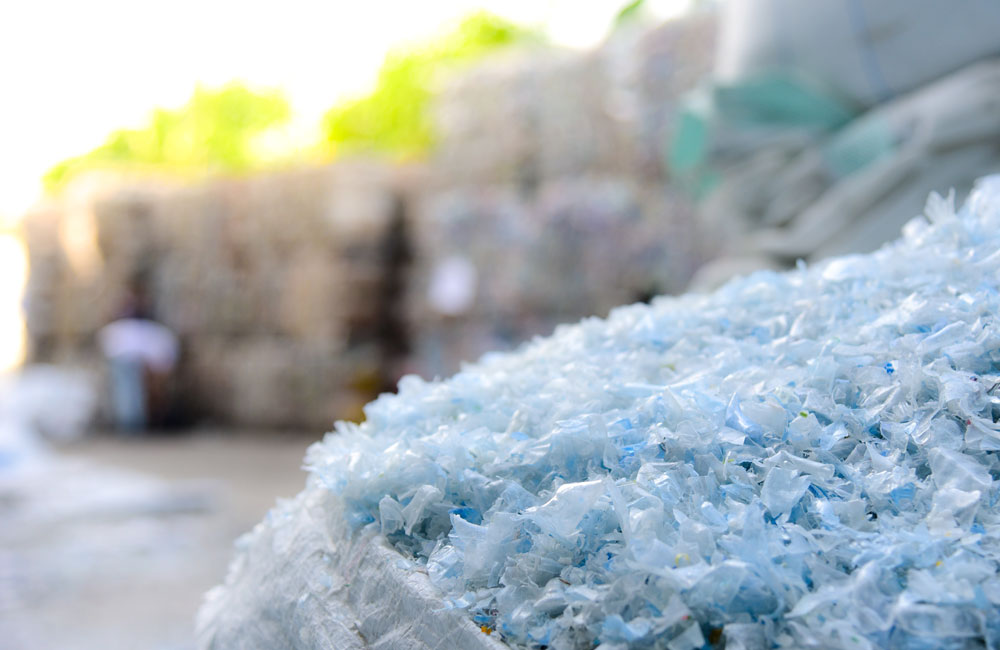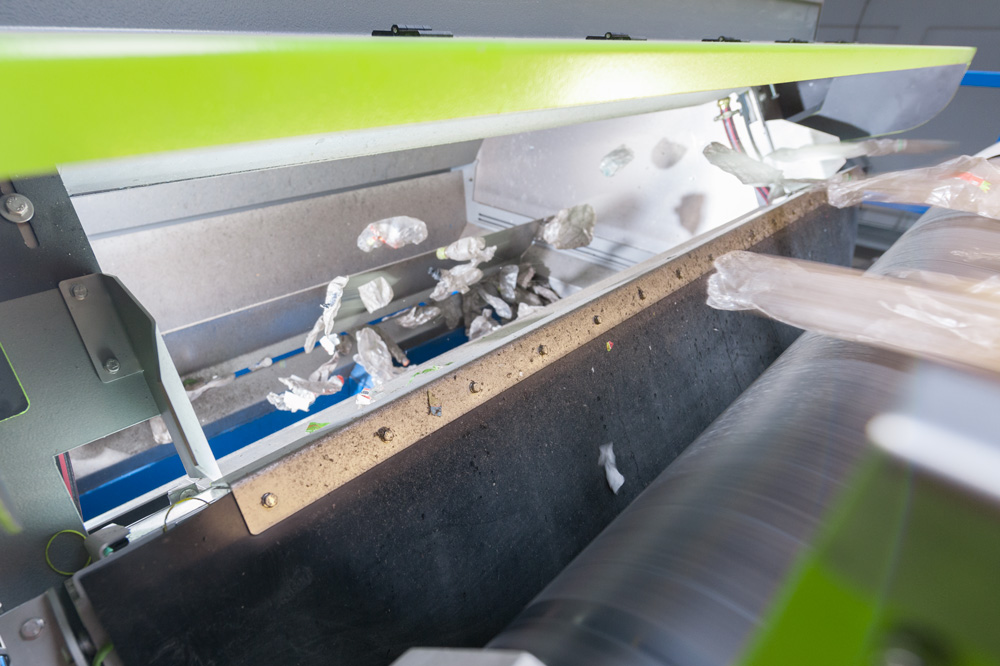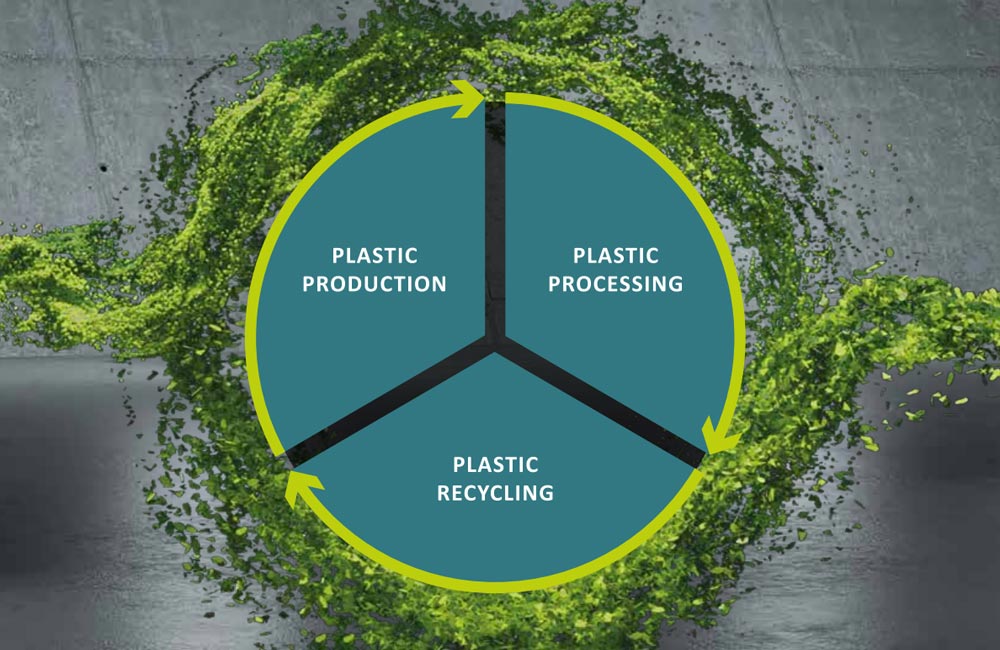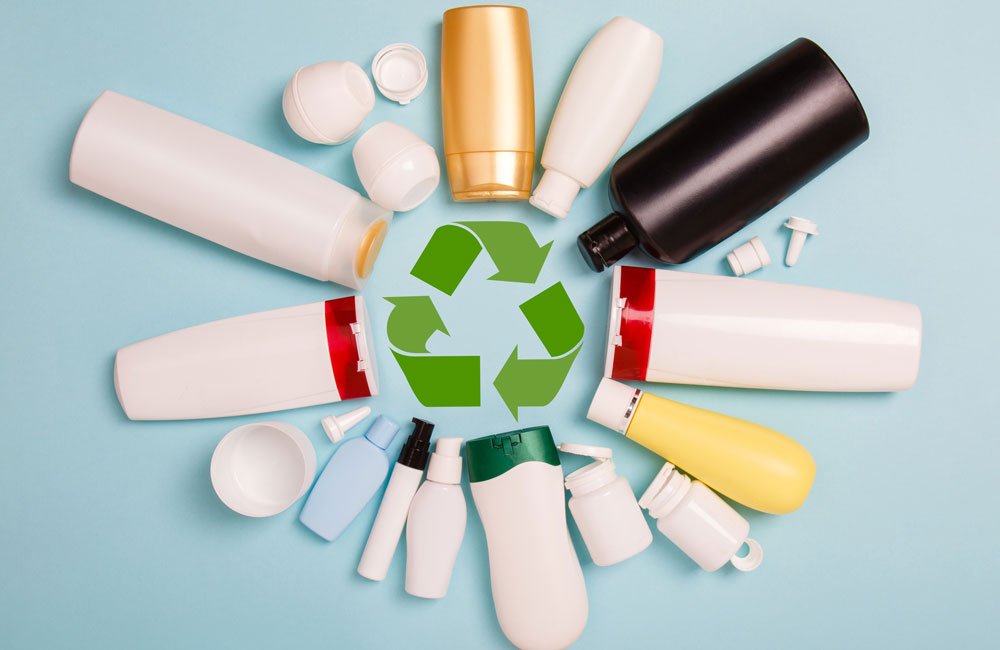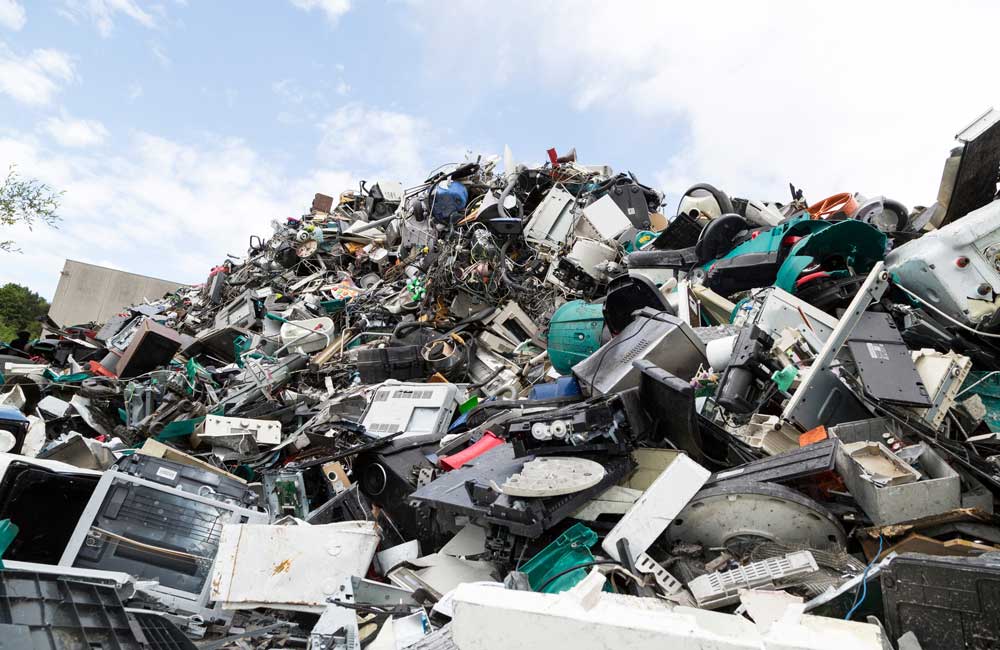Circular Economy
Oct 27, 2021 |
Food grade recyclate as a challenge of the circular economy
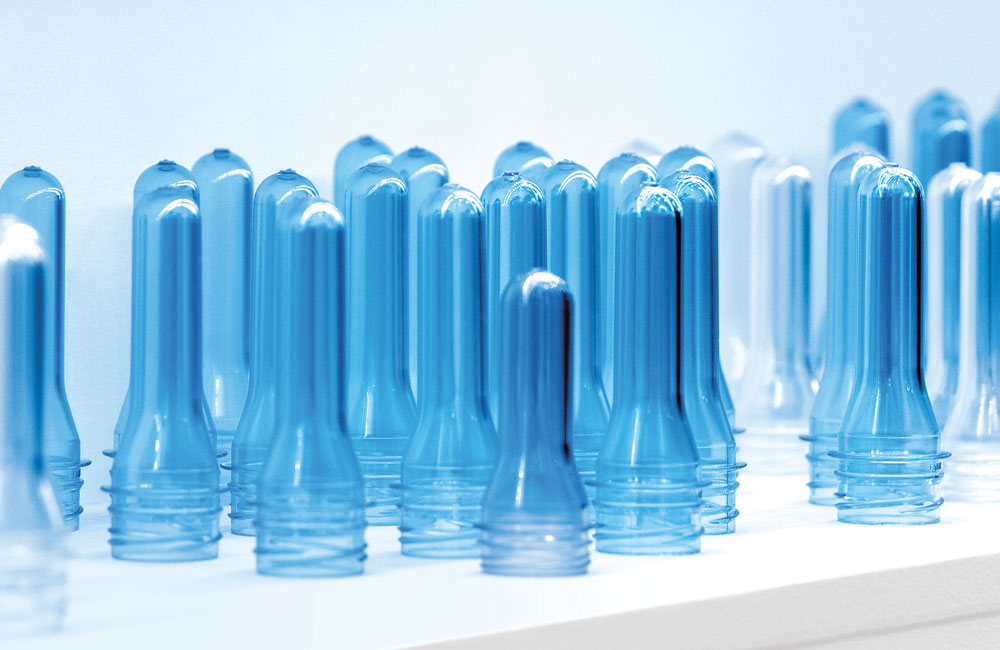
What is meant by food grade recyclate and which types of plastic are suitable for the food sector?
Food grade recyclate is recyclate that has been produced mainly from plastic food packaging and decontaminated by an approved process. The input material must meet strict specifications and be suitable for contact with food. Essentially, it is a matter of ensuring that substances from the packaging are not transferred to the food in quantities that pose a risk to health and that the food is not adversely affected in terms of taste, odor and composition.
There are several types of food-safe plastics that have been specially developed not only to ensure food safety, but also to preserve the freshness and quality of the food stored in them.
The best way to determine if a material is food grade and, as such, recyclable, is to check the recycling code on the packaging. As a rule, the numbers 1 to 6 stand for food-grade plastic.
- PET (Polyethylene terephthalate), for example, has the recycling code 1. It has a high strength and is often used for beverage, ketchup or vegetable oil bottles.
- HDPE (high-density polyethylene, recycling code 2) is a hard, opaque plastic that is lightweight but also strong. HDPE is commonly used for juice and milk cartons or grocery bags, for example.
- PVC (polyvinyl chloride, recycling code 3) is a plastic that is highly resistant to both biological and chemical attack. It is often used for blister packaging, for example for tablets or chewing gum.
- LDPE (low density polyethylene, recycling code 4) is thinner than some other plastics. It is primarily used for film applications where heat sealing is required, such as coffee can lids and fruit and vegetable bags.
- PP (polypropylene, recycling code 5) has a high melting point and exhibits excellent heat resistance, making it an ideal plastic for microwave use. PP is also widely used for yogurt, cream cheese and sour cream containers.
- PS (polystyrene) with recycling code 6, is a colorless, rigid plastic commonly used to make plastic cups, fast food containers and egg cartons.
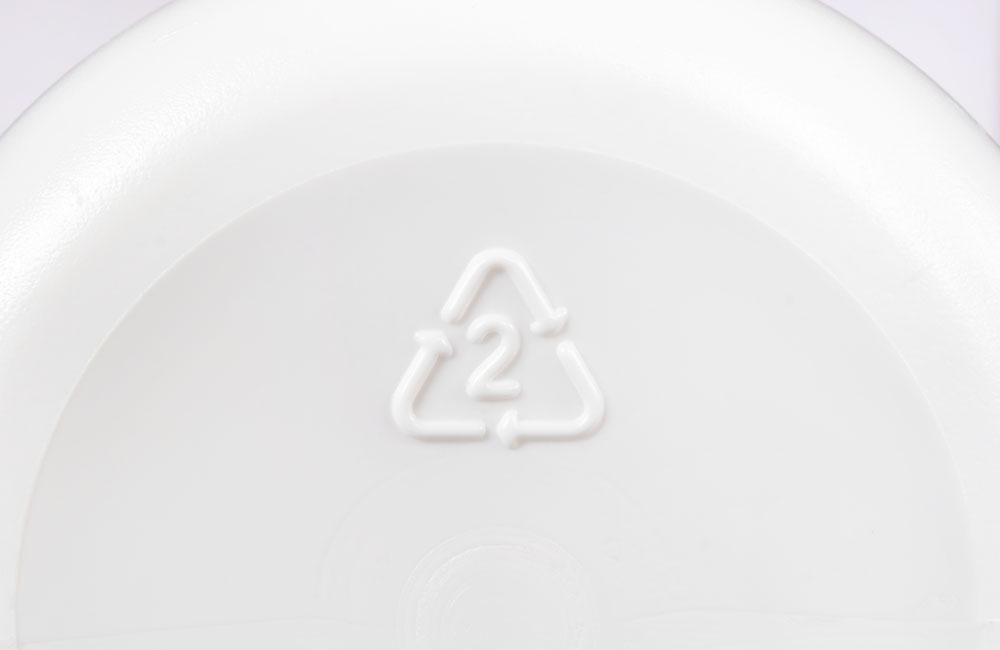
Challenges in recycling food grade plastic
Demand for recycled plastics, especially for use in
food and beverage packaging, is steadily increasing. At the same time, however,
the supply of food-grade recycled polymers is very limited. This is due to the
low quantity and quality of post-consumer waste, costly sorting and washing
technologies to remove contaminants, and the need for permits from local
authorities.
Two key central authorities are the U.S. Food and Drug
Administration (FDA) and the European Food Safety Authority (EFSA). Their
biggest safety concerns relate to contaminants from post-consumer waste that
can be harmful to human health. According to the ICIS Mechanical Recycling
Supply Tracker, food-grade plastics currently account for only 10% of the
world's annual recycled polymer capacity (rPET, rPE and rPP) of more than 45
million tons.
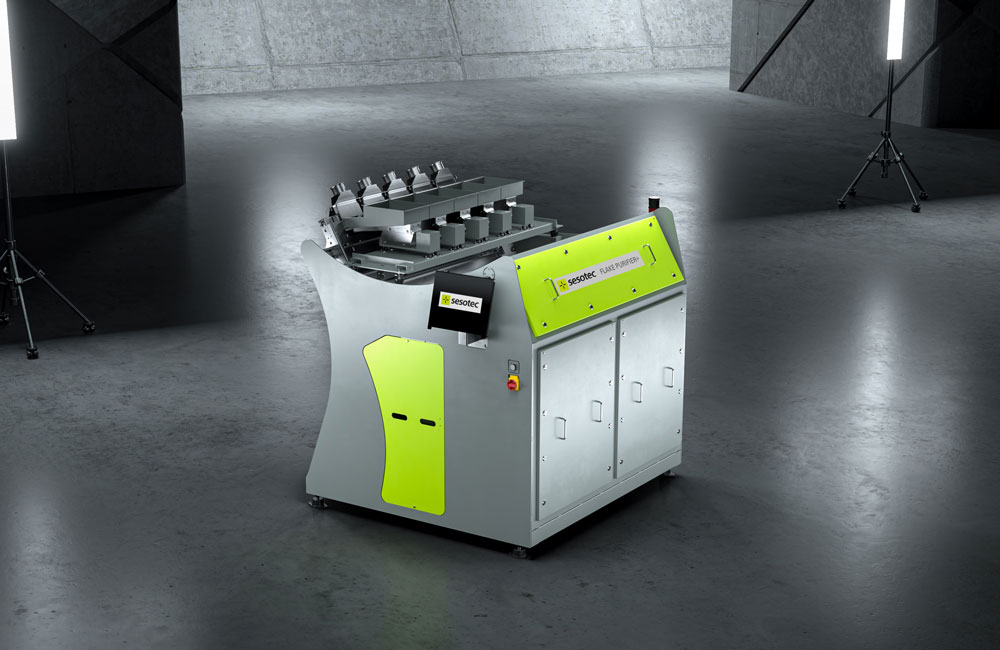
Since the requirements for the purity of the recyclate
are extremely high, especially in the food sector, simply recycling plastic
from food-grade packaging is not enough to produce food-grade recyclate. It
takes in-depth expertise in the recycling process and, most importantly, the
right process technology to produce food grade recyclate. Multi-sensor sorting
systems, which sort out off-colors, foreign plastics and metal particles in
advance, ensure on the one hand a high level of material purity to meet the
highest quality requirements and on the other hand a high material throughput
for increased profitability.
Regulatory framework for direct food contact materials in the EU and the USA.
The safety of materials that come into direct contact with food must be assessed in advance, as chemical substances can transfer from the materials to the food. In Europe, this safety assessment - of both input materials and recycling processes used to produce recyclate for direct food contact - is carried out by the European Food and Safety Authority (EFSA). In the U.S., the Food and Drug Administration (FDA) is the agency responsible for food safety.
EFSA's
EU regulatory framework
Commission Regulation (EU) No. 10/2011 sets criteria for plastics used in food contact materials. On the one hand, it determines the total migration limit, and on the other hand, it contains a list of substances that are permitted for the production of plastic food packaging. Thus, the total permissible migration limit for all substances that can migrate from food contact materials into food is 10 mg per square decimeter of food contact surface. In some cases, the total migration limit is specified as 60 mg/kg of food.
However, because the relevant materials do not comply with the Plastics Regulation once they have been used, as they may be contaminated with other substances, there is a separate regulation to control recycling processes: Regulation (EC) No. 282/2008 on recycled plastic materials and articles intended to come into contact with food.

Legal
framework in the USA
In the United States, post-consumer recyclates (PCR) are increasingly being used in the manufacture of new food packaging. When a company wants to recycle used polymers to make new food containers, the FDA steps in for a safety assessment. Under consideration is whether impurities from the PCR material can get into the final product made from it, and whether excipients in the PCR plastic may not meet regulations for food contact use. To address these concerns, FDA reviews each proposed use of recycled plastic on a case-by-case basis and provides an informal opinion on whether the recycling process is expected to yield PCR plastic of suitable purity for food contact applications.
rPET as a food grade example
Due to
the very low migration risk of PET, these recycling processes in particular
achieve EFSA's stringent requirements with regard to food contact applications.
Unlike many other plastic
packaging, PET bottles can easily be sorted out automatically, not least thanks
to well-functioning collection and deposit systems. Across Europe, around 57%
of all PET bottles on the market are collected again and recycled. In Germany
and some other countries, the return rate is as high as 90%.
The most widespread is the so-called bottle-to-bottle process, in which innovative recycling technologies are used to produce food-grade PET regranulate for the renewed production of beverage bottles. However, this requires additional cleaning steps, the so-called "super-clean" processes, which are subject to approval by EFSA. Thus, only recyclers with an effective cleaning process and a quality assurance concept are allowed to produce PET recyclates, which in turn are used to make new PET bottles. From the point of view of migration, these PET recyclates are indistinguishable from virgin material. The recyclate content in PET bottles can be up to 100%, with 50% being standard in 2021.
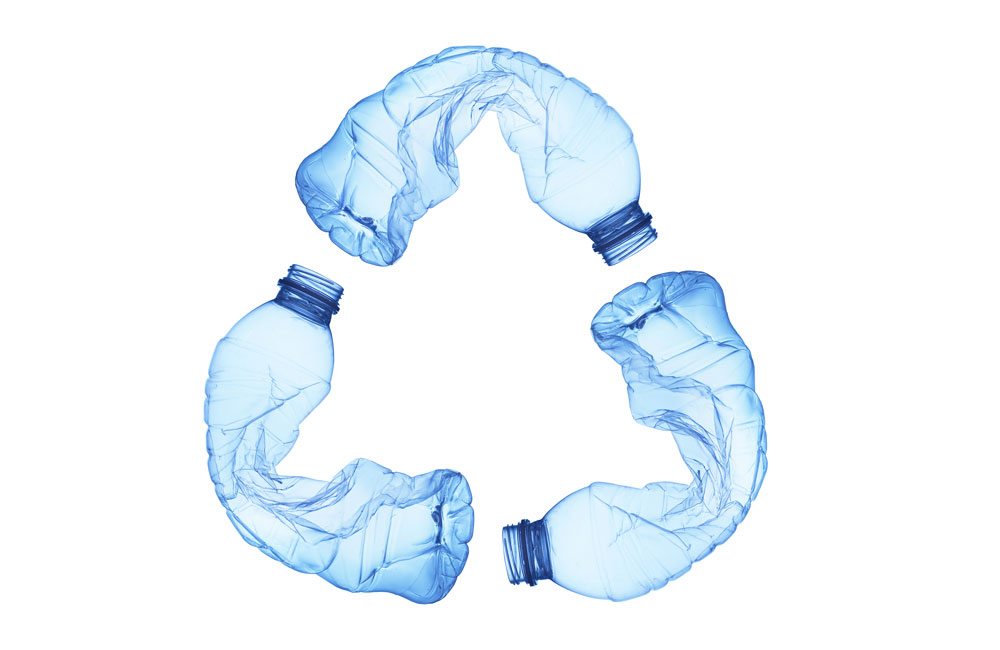
Conclusion
A majority of all food packaging is made of plastic
multilayer composites to meet stringent food protection and safety
requirements. However, these multilayer composites cannot be reprocessed into
high-quality materials and used in a circular fashion with current recycling
technologies, and instead often end up in landfills or are recycled for energy.
EFSA also defines the acceptable feedstocks for
recyclates that may be reused in direct food contact.
To date, however, the waste streams of non-food and
food packaging are not separated, which means that recyclates mostly do not
meet the strict EU requirements for food use. To achieve the goals of the EU
Green Deal, there is a crucial need for innovative and sustainable packaging
solutions (design for recycling) and modern recycling technologies to be able
to process the materials more efficiently.
In addition, there is a need for a growing willingness
of all stakeholders, from consumers to recyclers to manufacturers, to make
their personal contribution - be it through better waste separation, investment
in state-of-the-art recycling technologies or the use of recyclates in the
manufacture of new products. Because the cycle can only be closed if everyone
pulls together and pursues the same goal.
New E-Book: The Circular Economy - Challenges and opportunities for Recyclers and plastics processors
In this comprehensive e-book, you will gain insight into the most important factors of the Circular Economy. In particular, we look at the goal of creating a circular economy that must be profitable not only for people and the environment but also for recyclers, plastics manufacturers and processors.
